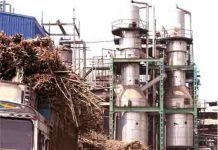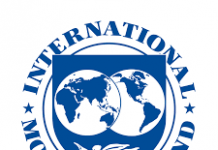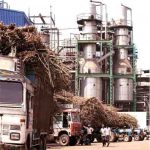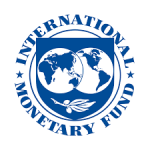In Hell’s Anteroom
In our last rexorte last year, we pointed out that the sugar futures market in NY would have enormous difficulties in surpassing the 20 cents/lb barrier in 2022. The rationale behind this statement was (and still is) that all the fundamentals that supported prices were already properly reflected in it and we pointed out that it would not be prudent to postpone the fixing of prices for sugar for export to the 22/23 crop, under the risk of seeing the values in reais per ton deteriorate.
Well, not only has the sugar price dropped US$20 per ton at the NY exchange since our last comment on December 17, but contrary to all the expectations of 10 out of 10 economists, the real has surprisingly strengthened against the dollar, causing a reduction in the value of sugar in real per ton, which has plummeted from R$2,500 per ton then to R$2,230 according to Friday’s close. In short, R$270 per ton has evaporated.
The difference, however, is related to March/2022, where many people can argue there is no more pending fixation for this contract. Nevertheless, taking the simple average of the maturities of the 2022/2023 crop, without taking into account the NDF (Non-Deliverable Forward) curve, it has dropped R$240 per ton over the period under consideration.
The strength of the Brazilian currency against the dollar was partly due to the rise of the interest rates by the Brazilian Central Bank, drawing foreign investors and pressuring the dollar value. But this is only one of the factors that have contributed to the drop in sugar price on the foreign market. For instance, the settlement of the long position by the funds pressured the shorter maturities in NY, which got to the point where they had an annualized discount of 9.5% in relation to the end of the curve, but dropped almost by half.
In other words, late last October, March/2022 closed at 19.27 cents per pound, while July/2024 – the longest maturity available by the exchange at that time – was trading at 15.29 cents per pound. That is, the price curve showed an annualized discount of 9.5%. At this Friday’s close, the discount was 5.70%, mainly influenced by the decline in the shorter maturities against the longest ones.
We shouldn’t forget that the performance of the sugar futures market might have been a lot worse if the mills hadn’t been pretty well fixed already for the 2022/2023 crop (we think that by late January the percentage should reach 60%), easing up the possible sale pressure caused by these hedges. There are other factors, though.
Right now there is consensus among several analysts that the sugarcane production for 2022/2023 will be much better than the crop that has ended. The numbers that are going around the market range from 540 to 575 million tons of sugarcane. Our estimate for the sugarcane production in the Center-South for the 2022/2023 crop, published on January 18, is 555 million tons, an increase of 6.39% against the previous crop. We estimate that the Center-South will produce 33.8 million tons of sugar and 28.6 billion liters of ethanol, out of which 3.2 billion liters are corn ethanol.
The sugar production in Brazil can – depending on the choice the mills make about the production mix – come to 40 million tons, which is enough to meet the declining domestic consumption and export. It’s highly unlikely that we will have problems with sugar availability on the part of Brazil. Plus, India and Thailand will produce more sugar this year in comparison to the previous crop, especially Thailand, whose production will grow by almost 60%. Might there be deficit in the world? If there is, it will be negligible.
So, what can increase sugar prices on the world market? The geopolitical risks that show up on the horizon suggest that a conflict between Russia and Ukraine and its possible repercussions might make oil reach 100-120 dollars per barrel. In this case, the mills would probably tend to produce more ethanol since its arbitrage with sugar would be more favorable for them. But other variables would play into the equation. If the real keeps appreciating against the dollar, any increase in oil on the foreign market would have no effect on real per barrel. The Brazilian Central Bank should increase the interest rates next month again, as a measure to limit inflation. Therefore, consumption will contract and the possibility of building up inventory is high and will reduce prices. Not to mention that the political-electoral setting will bring a gigantic component of risk and volatility to the exchange rate, making the decision-making process even blurrier.
People say that in hell’s anteroom, according to Dante Alighieri in his Divine Comedy, are the cowards and the undecided. The good news is that in the work written by the Florentine poet in the XIII century there is no reference to sugar traders who chose not to make their sale hedges when prices reached R$2,500 per ton.
Joking aside, actually the world market is going through a peculiar situation. Over the first days of the year we saw commodities strengthening along with the American currency, when usually they should have opposite trajectories. Now, we see both the sugar and the dollar weakening (in Brazil). It’s pretty easy to decide, said no one ever.
To read the previous episodes of World Sugar Market – Weekly Comment, click here
To get in touch with Mr. Arnaldo, write on arnaldo@archerconsulting.com.br












